What impressed the scientists the most, though, was the versatility of those disks. Reef-associated species of remora like Phtheirichthys lineatus are generalists and stick to various hosts, including other fish, sharks, or turtles. Other species living in the open sea are more specialized and attach to cetaceans, swordfish, or marlins. While most remoras attach to the external tissue of their hosts, R. albescens sticks within the oral cavities and gill chamber of manta rays.

Credit:
Stephen Frink
To learn what makes all these different disks so good at sticking underwater, the team first examined their anatomy in detail. It turned out that the difference between the disks was mostly in the positioning of lamellae. Generalist species have a mix of parallel and angled lamellae, while remoras sticking to fast-swimming hosts have them mostly parallel. R. albescens, on the other hand, doesn’t have a dominant lamellae orientation pattern but has them positioned at a very wide variety of angles.
The researchers wanted to make an adhesive device that would work for a wide range of applications, including maritime exploration or underwater manufacturing. Their initial goal, though, was designing a drug delivery platform that could reliably stick to the inside walls of the gastrointestinal tract. So, they chose R. albescens disks as their starting point, since that species already attaches internally to its host. They termed their device an Mechanical Underwater Soft Adhesion System (MUSAS).
However, they didn’t just opt for a biomimetic, copy-and-paste design. “There were things we did differently,” Traverso says.
Upgrading nature
The first key difference was deployment. MUSAS was supposed to travel down the GI tract to reach its destination, so the first challenge was making it fit into a pill. The team chose the size 000 capsule, which at 26 millimeters in length and 9.5 millimeters in diameter, is the largest Food and Drug Administration-approved ingestible form. MUSAS had a supporting structure—just like remora disks, but made with stainless steel. The angled lamellae with spinules fashioned after those on R. albescens were made of a shape memory nickel-titanium alloy. The role of remora’s soft tissues, which provide the suction by dividing the disk into compartments, was played by an elastomer.

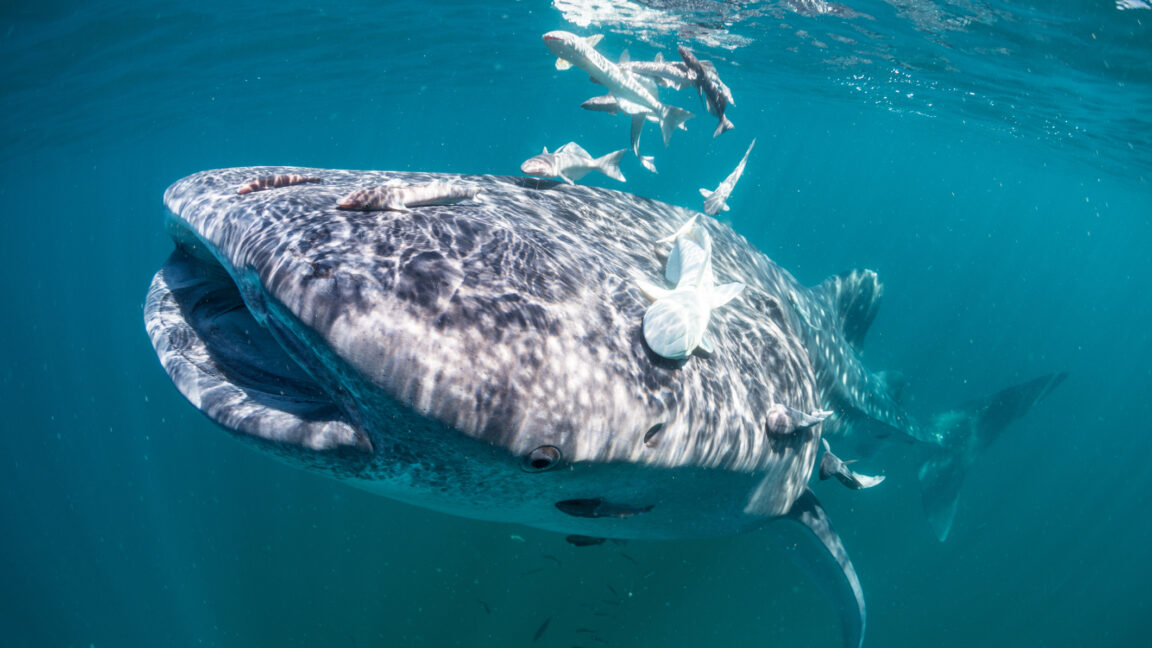


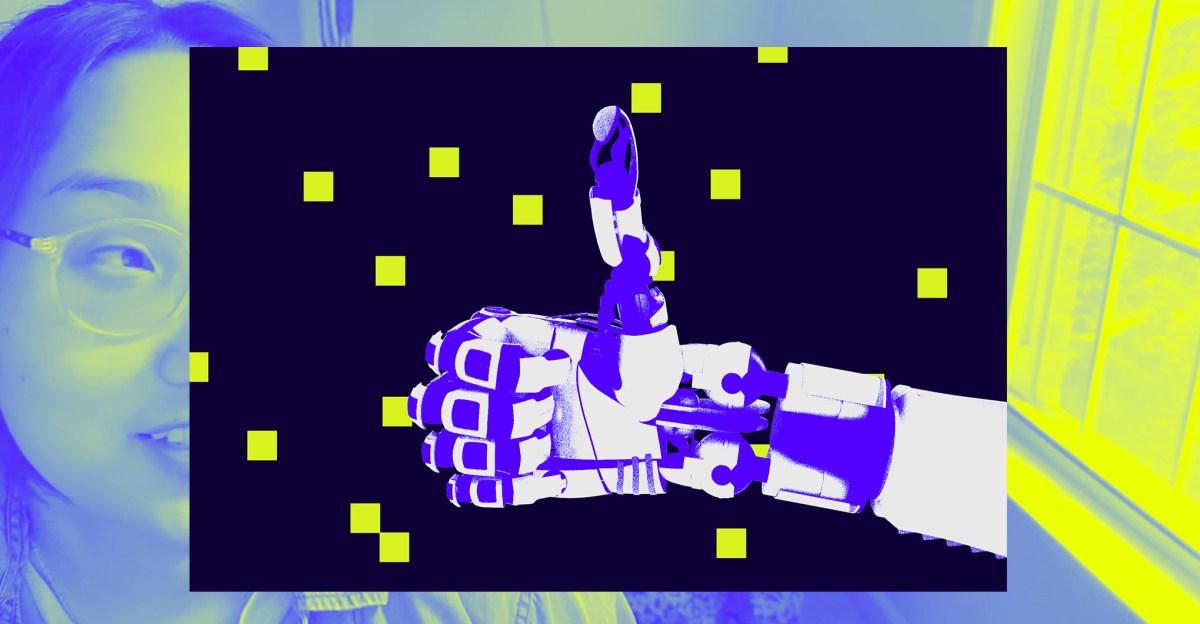

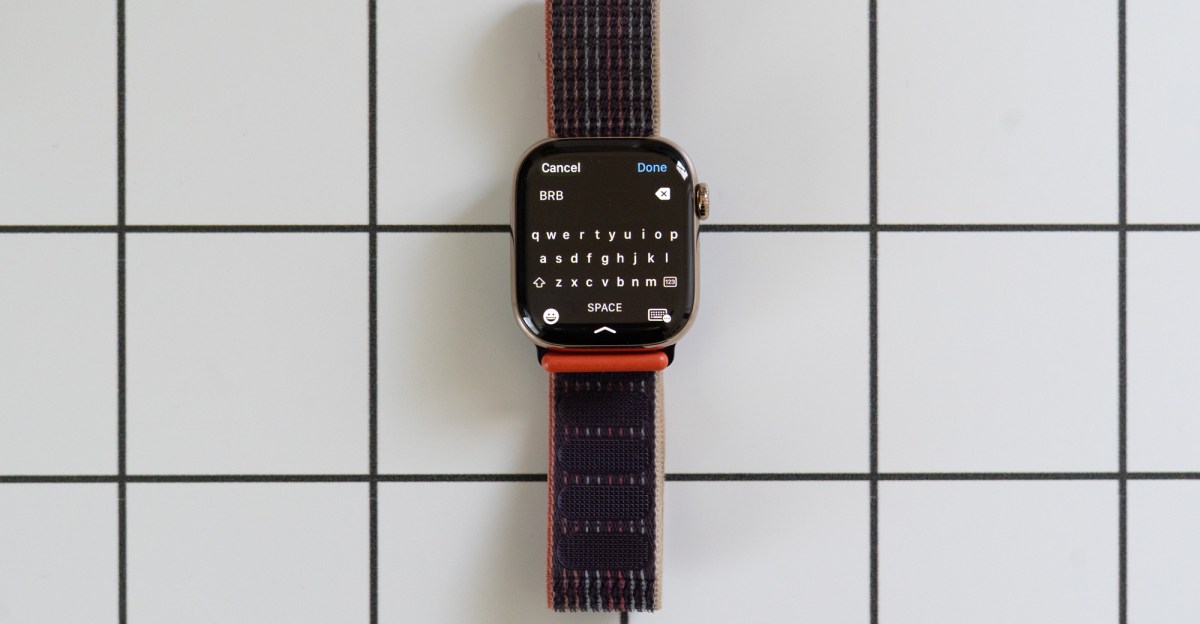

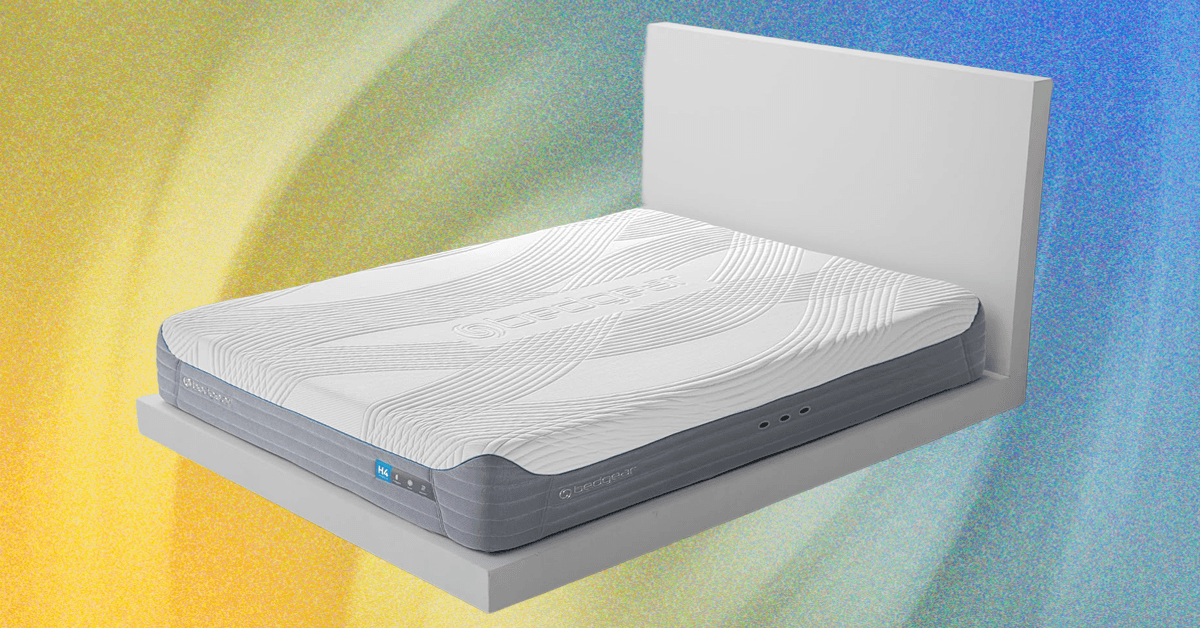
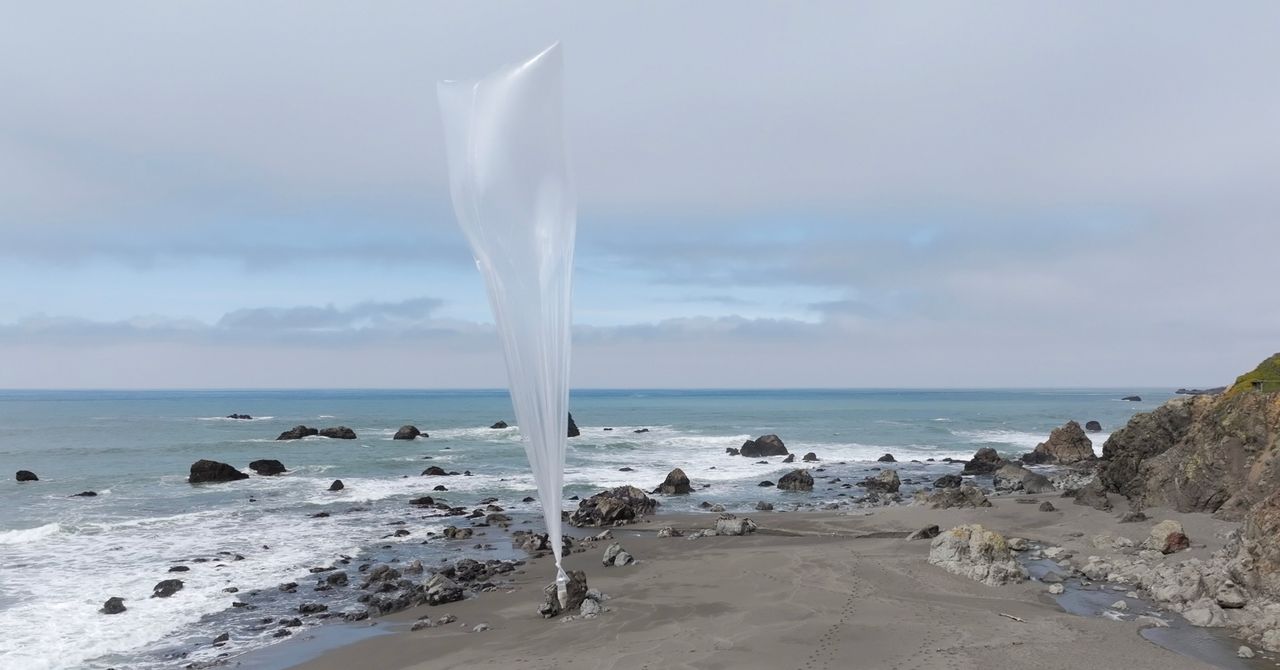
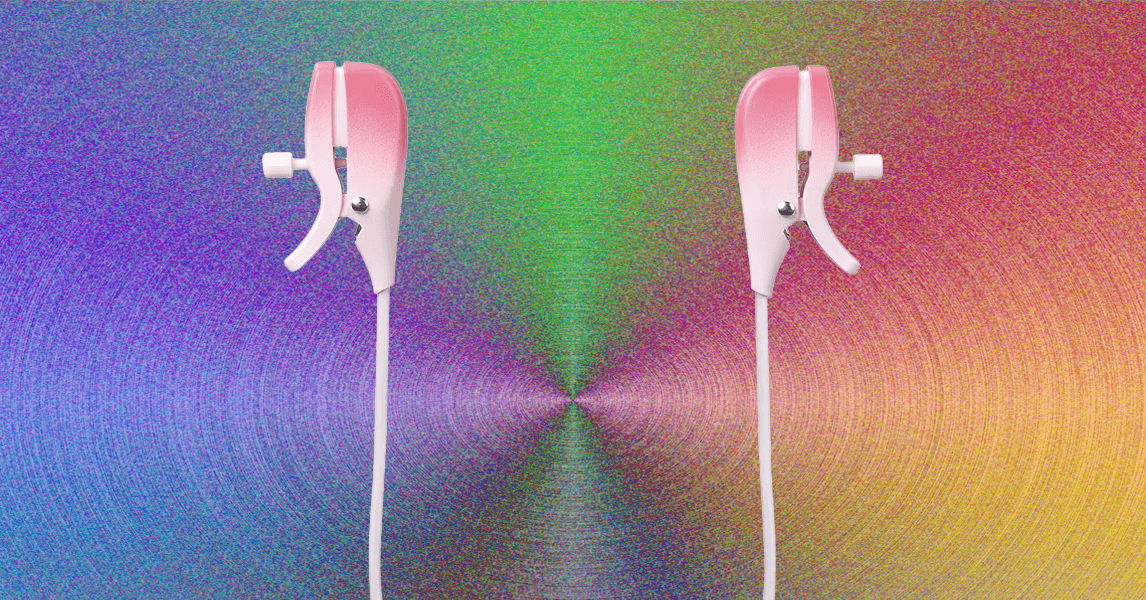
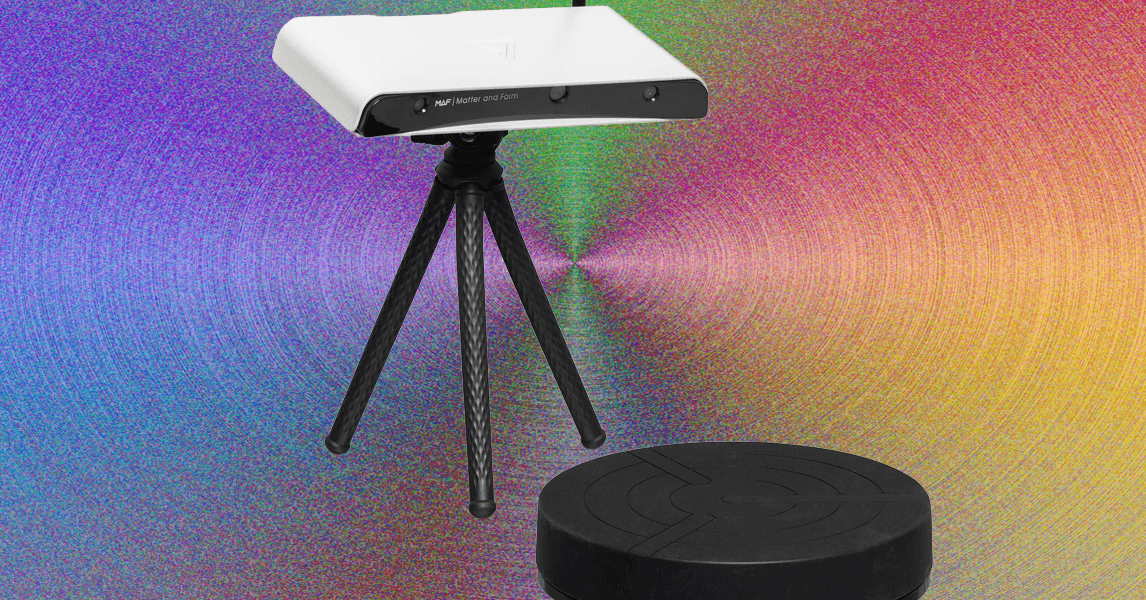




Leave a Reply